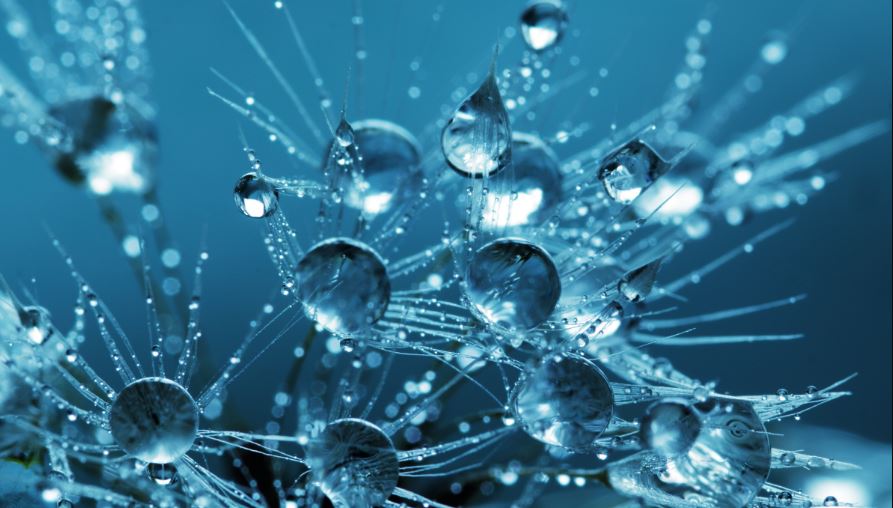In general, there are three types of products marketed as “colloidal silver”:
Silver ion
Silver ions are the primary ingredient in ionic silver solutions. Ionic silver is marketed as colloidal silver, but it isn’t.
Ionic silver is said to be the most popular product in this category because it is the least expensive to produce. ????
As a result, it won’t offer the same benefits as true colloidal silver.
Proteins containing silver
In colloidal silver products, gelatin is added to keep large silver particles suspended. Silver protein is the 2nd-most popular type of colloidal silver on the market, and it can be easily made by adding water to silver protein powder.
Silver protein is also often marketed and labeled as colloidal silver, but it is less effective for human use, so you won’t experience the true benefits of colloidal silver.
Silver colloidal in its true form
Last but not least, true silver colloids do not contain any protein or other additives, as the majority of the silver is nanometer-sized.
How safe is it?
Is colloidal silver safe to use? There’s plenty of debate about its potential health risks.
According to an older review published in Environmental Health Perspectives, this type of silver water is a controversial topic that have contenders on both sides. According to the study, nanosilver remains an understudied material for regulators and scientists despite its widespread use. There is no consensus on topics as crucial as how it acts in the human body and environment and how its use may contribute to bacterial resistance.”
Obviously, there are 2 opposing arguments in this debate — what are being called “watchdog groups” that seize upon the confusion surrounding the safety and side effects of colloidal silver and advocacy groups, like the Silver Nanotechnology Working Group, which assert its safety and usefulness, noting that silver is only used in small quantities in most formulas.
There is evidence that misuse of colloidal silver, or the use of cheap, low-quality products that aren’t true colloidal silver, can cause adverse effects. There have been warnings about it causing irreversible conditions like argyria that cause people to turn blue.
Colloidal silver rinses for sinus demonstrated a good safety profile with no major adverse events when used for 10 days as a sinus rinse for chronic rhinosinusitis.
Human lung cells are only sensitive to high silver-ion concentrations, according to a laboratory study published in Particle and Fibre Toxicology.
Silver nanoparticles were administered to animals for 28 days without altering the structure or diversity of their gut microbiome, according to a study conducted at the University of Michigan in 2016. In contrast, broad-spectrum antibiotics can have detrimental effects.
This study is often cited when advocating we can use colloidal silver for pets.
In a summary of articles published in Frontiers in Microbiology, researchers agree that although there maybr some concerns related to nano’s safe use in human disease treatment and healthcare, the study suggests that it can be engineered to increase its therapeutic benefits and reduce potential side effects by “enhance its antimicrobial efficacy, stability, biosafety, and biocompatibility”.
Colloidal silver works as a potential antimicrobial agent, but only true colloidal silver should be used, and research indicate that short-term use does not cause adverse effects.
